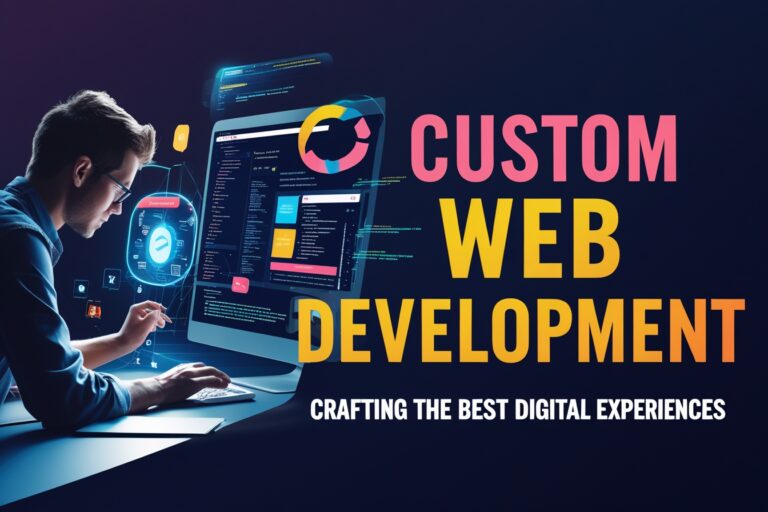Table of Contents
With less power comes more responsibility
There is a common misconception that the hardware-to-UI sliding ratio is the least you can do for the user interface since it is smaller. Although purely operating — if you don’t have 3D hardware acceleration, you can’t use 3D hardware acceleration — the application architecture, limitations on the graphics library, and sub-optimum performance often lead to embedded GUI interfaces.
We know it’s due to a lack of development time and money to squeeze the hardware as much as we can, but the consumers roll their eyes as to why it’s easier to operate a smartphone that does fifty things than just a dishwasher that does only one thing.
Surely that’s not how it should be. In addition to rising hardware CPU and GPU capacities, UI toolkits are improving right up to MPU. Check out ARM Dynamic processors and the newly recorded Mali-G72 or the first MCU with 2D GPU combined with Microchip Technology Inc. DDR2 built-in memory.
And it’s just improving. Traditionally, embedded processors have been reluctant to use modern components with a greater emphasis on power, heat, and longer service times. But with the demand for quicker and more powerful embedded UI systems, both from customers and industry, beginning with the Internet of Things, clever houses, smart vehicles, and many other developments that have become true.
Embedded GUI design is equal to code
Presented at SXSW Interactive, this design in technology study 2017 provides an overview of design patterns that shift technology’s face. Consumers expect more out of their UIs, and that more customers are underway is three points and is especially important to embedded systems.

By 2025, it is estimated that the IoT industry alone will rise to 75.4 billion smartphones.
Perhaps the best improvement is that programmers, or at least the unique know-how of UI Architecture, are making development teams a priority. Developers know how they can create, test, and optimize applications, but so many “traditional look” UIs still are peddled out by embedded teams due to the lack of a designer’s expertise.
Only by equipping the designer with the production team, goods that make acceptance and brand loyalty stunning, useful, appealing, and practical. The study states that Facebook, Amazon, and Google have not only expanded their art and design employees by 65% in the last year but that two in five programmers are already focused on code creation.
We see this for interconnected tech teams as the only way to accomplish UX and business results is to put the designer’s thoughts to the developer’s computer. Also, the planner and the developer must be able to operate in parallel without stopping the product.
Embedded GUI design must be inclusive
The study observes that technological devices have traditionally not been developed for a vast variety of consumers but only for the individuals making them. Of course, as all industry committed to consumer testing and reviews, this exclusivity has been tempered over time, but smartphones continue to shift the UX goalpost to embedded mode. How does every computer not run with a single button, a simplified collection of graphics and everyone in the world understands it?
Users don’t think about not supporting pixel shaders or acceleration in your graphics library. Embedded devices are extremely technological but cannot thrive by servicing a technical audience, particularly because they are marketed on newly dominated consumer markets worldwide. UIs must be conceived, built, and constructed to fulfill the global consumer standards not only as far as possible for accessibility but also for inclusiveness — whether geographical, cultural, or socio-economic.
Though originally for the internet, the accessibility, compatibility, and inclusion standards of the World Wide Web consortium similarly extend to embedded systems because all our customers are individual at the end of the day.
One of the main examples of an organization addressing Microsoft is to search for its inclusive design toolkit.
The secret to inclusiveness is to develop simple, unambiguous interface elements that build an emotional connection. This way, the user interface would be less confusing and accessible.
To design integrated GUIs that include, rather than alienate, as wide an audience, it’s the designer to the rescue. In contrast to developers, they are experienced with the specific strategies and distilled different individuals. The app can finish in a great UX/UI that is convenient for all to use.
Embedded GUI design unlocks value
Despite the problems of embedded GUI development, Crank Software’s Storyboard reduces the challenges of designing and integrating the embedded graphics manually. It makes it easy for importing content smoothly, adding animated graphics, handling modifications while keeping the code straightforward, and, of course, testing and validating the prototypes produced.

Therefore, when checking what the end-user will feel, the distance between GUI and hardware gets smaller.
The same is true of integrated user interfaces. Most developers are moving away from primitive graphics using mid-level libraries like OpenGL and Direct3D and are gradually popularizing higher-level platforms like Qt. The construction of UIs has been democratized with these pre-packaged, easier to use toolkits. Anyone will take a Qt appliance and run with it.
The dilemma is that you need to go a step closer not to get trapped in how pre-paid libraries
look and adhere to unlock the benefits of this design initiative.
Moving straight from the design tool to the use, without modifying the design, is the only way to secure the best UX/UI for your product. If not, implementation concessions (software restrictions, pre-canned controls, resource restrictions, power, time, etc.) will chip away from your optimum experience.
Conclusion
There is a common misconception that the hardware-to-UI sliding ratio is the least you can do for the user interface since it is smaller. In addition to rising hardware CPU and GPU capacities, UI toolkits are improving right up to MPU. Check out ARM Dynamic processors and the newly recorded Mali-G72 or the first MCU with 2D GPU combined with Microchip Technology Inc.
Traditionally, embedded processors have been reluctant to use modern components with a greater emphasis on power, heat, and longer service times. Consumers expect more out of their UIs, and that more customers are underway is three points and is especially important to embedded systems.









